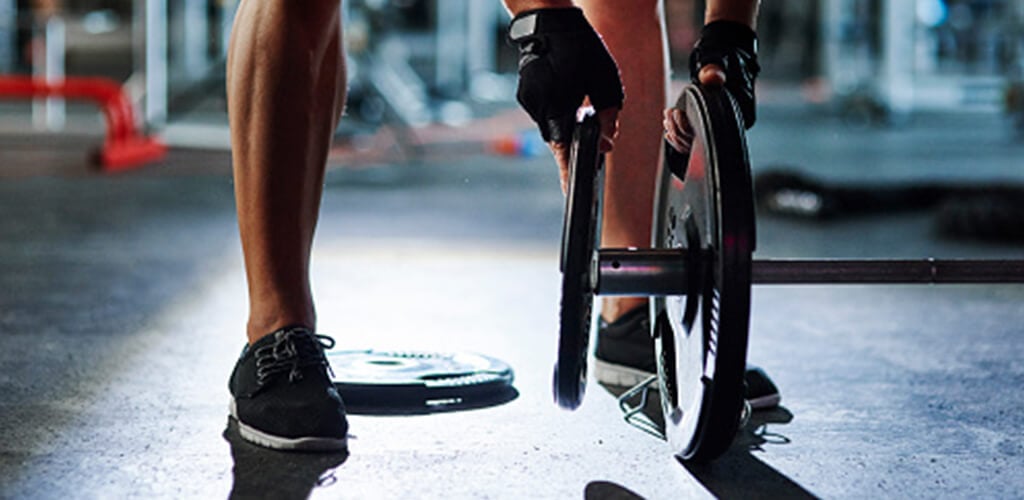Fit Tip: A Simple Formula To Get Lean and Strong

In a previous post we talked about mixing cardio and strength. I outlined a few goals within that post – see here – and wanted to break down each goal more. Today we will be talking about Goal 1: How to Get Strong and Lose Body Fat.
The first step to achieving a big goal is to know where you want to go. You will want to get clear on the final result you are trying to attain, and the more specific you can be, the better. Once you know where you want to go, you can then plan the next steps and map out how to get there. Same goes for fitness goals. Today we are going to look at the goal of gaining strength while losing body fat. This is one of the most common training requests I hear when working with clients.
Diet is Key
Before we go into the training aspect of getting strong while losing body fat, we have to make sure you are on the right track with your nutrition. No goal is achieved with the gym alone. You must get your diet in order with the right amount of macronutrients and calories if you want to see any results from your training. Without going into too much detail, you need to determine how many calories your body requires to stay the same weight. This is your maintenance level of calories. When you find that number, you need to consume a few hundred calories less than that per day to lose body fat at a steady pace.
Consistency is always the key to long-term success with diet and training. Don't worry about one or two “bad days”, just get back on track as soon as you can and maintain your numbers for a good 80-90% of the time.
Strength Training and Walking
Your plan for the gym is to lift weights three days a week. Beyond that, you want to walk every single day for at least a half hour. Depending on your current level of fitness you may be able to handle more or less. Adjust accordingly.
For the weight training you want to focus on total body workouts that are dominated by compound movements like the squat, deadlift, overhead press, bench press, rows, pullups, pushups, lunges.

Example workout plan for a week:
- Monday—Squats 4 sets of 6 reps/ Overhead Press 3 sets of 8 reps/ Rows 4 sets of 8 reps.
- Wednesday—Lunges 3 sets of 6-8 reps (each leg)/ Bench Press 4 sets of 6 reps/ Pullups 3 sets- as many as possible
- Friday—Deadlifts 3 sets of 5 reps/ Incline Bench Press 3 sets of 6 reps/ Pushups 2 sets to failure/ Rows 3 sets of 8 reps.
The workouts should last between thirty and forty-five minutes. Take a few minutes rest between each set. Add weight to each lift as often as possible. Progressive overload is the name of the game. You get stronger one pound at a time and keep adding a little bit over time as your body adapts and your body composition changes to a leaner, stronger physique.
High-intensity Interval Training
As you get stronger and start losing body fat, you can add a day of high-intensity conditioning to your weekly routine. There are plenty of options from using a stationary bike or stair climber, to running outside or performing calisthenics or using a jump rope or dragging sled. They all work. Just pick one or two you will actually do. If you prefer running on a treadmill over a bike, then do that. Adherence is a big element of consistency.
You don't need to commit a lot of time to receive the positive effects of a high-intensity interval training session. 10-15 minutes is plenty if you are working hard enough. If you are just starting out with intervals, be smart and don't push yourself to your max just yet. You can build up to that, but you need to allow your body some time to adapt to this new training stimulus.
Summary
- Get diet in order (monitor calories and macronutrients for slow, consistent fat-loss)
- Three days per week Strength Training
- Walk daily 30 minutes+
- High-intensity interval training 1-2 times per week after a month- six weeks of training
- Stay patient and consistent for sustainable progress
You may also like
How To Mix Strength Training With Cardio

